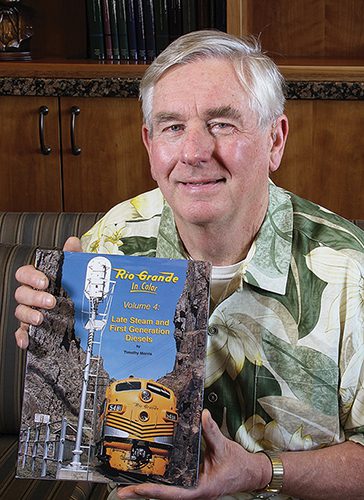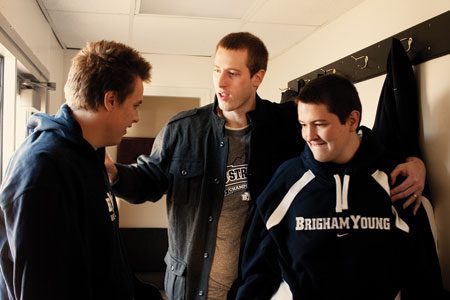By Shea N. Cutler
Some 600 years ago there was a theologian named Erasmus, and “Erasmus had a dream,” said Thomas Quarton, president of Ameritech Library Systems. “It was a library with no limits other than the world itself.”
Utah just took one step closer to realizing this dream, moving to the forefront of applying technology to education, said Quarton. The 11 institutions of higher education in the state have combined their efforts to produce a statewide library system.
Utah’s universities and colleges will use Ameritech’s software, Horizon, to link the university libraries via the Internet. The Horizon contract states that every Utah citizen and college student is eligible to receive Horizon software. And though anyone anywhere will be able to access the library systems through the Internet, only those with the software package will have full access.
In addition to Utah citizens and students, use of the software will be extended to university donors, said Randy Olsen, assistant university librarian at BYU and chair of a Utah Academic Library Consortia (UALC) task force. Also, through BYU, all faculty and students at other Church schools will have full access to this culmination of information, no matter where they are located–Laie, Hawaii; Rexburg, Idaho; or Jerusalem.
“If the university were to establish other branch campuses or distance education programs, our library wants to be ready to serve those learning centers anywhere in the world. We are a worldwide church: We need to be
a worldwide library too.”
By September, Snow College, Southern Utah University, and Weber State University will have the Horizon system operating. BYU, Dixie College, University of Utah, and Utah State will be using it by fall of 1997. The following year the libraries at Westminster College, College of Eastern Utah, Utah Valley State College, and Salt Lake Community College will go on-line.
When the system is completed, Horizon will handle all the usual tasks: interlibrary loans, circulation, and course reserve. In addition, it can oVer full-text documents, photographic images, motion pictures, and sound bytes, Olsen said.
Not only will this system provide access to an increased amount of information, it will also save money, Olsen said. “The costs of books and journals in recent years have been going up much faster than the general rate of inflation, and that threatens scholarly communication,” he noted. Utah State University, the University of Utah, and BYU have all had to cancel journal subscriptions in the past few years.
“By establishing this kind of connectivity, in the future we’ll be able to share our collections more easily. One copy of an electronic journal can be shared by every library in the state.”
The $2.1 million collaborative effort has been in the works for a little over two years and was accomplished with the help of the UALC, the state legislature, the governor, and many others. Sixty librarians from the state’s colleges and universities took nearly a year just to write the specifications required for the system.
This is just the beginning, said Utah governor Michael Leavitt. “What you have invented is not the rocket–it is the launching pad. The changes are so profound that they defy the grasp of human beings to describe. But clearly one basic change is driving home. For 2,500 years people have gone to libraries to get information. Now information is going where the people are.”









